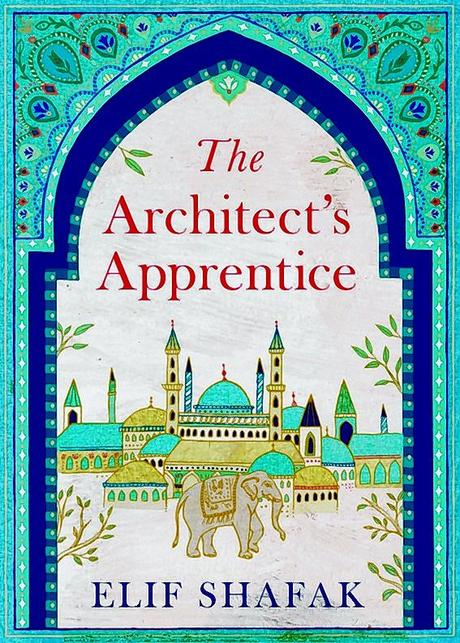 Articolo per TimeOut Istanbul, in uscita sul prossimo numero. Il libro di Elif Şafak, è stato già tradotto in italiano dalla versione in turco: ed è uscito per Rizzoli col titolo La città ai confini del cielo. Il mio giudizio però non è del tutto positivo: è piacevole da leggere, ma la trama è dispersiva; ci sono episodi incomprensibili, come il viaggio a Roma che però - nel suo itinerario, dico - non viene raccontato. Mi convince molto la descrizione di Istanbul come città cosmopolita, al di là degli stereotipi: profondità storica, rilevanza contemporanea.
Articolo per TimeOut Istanbul, in uscita sul prossimo numero. Il libro di Elif Şafak, è stato già tradotto in italiano dalla versione in turco: ed è uscito per Rizzoli col titolo La città ai confini del cielo. Il mio giudizio però non è del tutto positivo: è piacevole da leggere, ma la trama è dispersiva; ci sono episodi incomprensibili, come il viaggio a Roma che però - nel suo itinerario, dico - non viene raccontato. Mi convince molto la descrizione di Istanbul come città cosmopolita, al di là degli stereotipi: profondità storica, rilevanza contemporanea.
The Architect's Apprentice (Viking, 2014) is the ninth novel by Elif Şafak, one of the most read and celebrated - internationally as well - of the new generation of Turkish authors (she was born in 1971). It was written first in English like The Bastard of Istanbul and The Forty Rules of Love, so it is not a translation even though it was published one year before in Turkey, as Ustam ve Ben ( My Master and I).
It is a very hybrid and complex novel of 455 pages in which different genres coexist and inter-mingle. It is first and foremost a"novel of formation", that of the 12-year-old Jahan who comes to Istanbul from India to bring a white elephant - Chota - as a gift to Sultan Süleyman. He enters the Palace to steal jewels as ordered by Captain Gareth, but he becomes instead the official elephant-keeper at Topkapı's menagerie (" while full of ferocious creatures, it was, all in all, no wilder than the city outside "). He meets the Chief Royal Architect Mimar Sinan on the battlefield and is then chosen as one of his apprentices. " There were six of us: the master, the apprentices and the white elephant. We built everything together. Mosques, bridges, madrasas, caravanserais, alms houses, aqueducts... ", Jahan writes in a final letter summing up his life.
And so the novel recounts how the most magnificent monuments and marvels of engineering of the Ottoman classical era - Şehzade Camii, Süleymaniye Camii, the new system of aqueducts and reservoirs - came to light. Elif Şafak details in a very vivid way the techniques employed, the relentless efforts of masons and carpenters, the genius and knowledge of Sinan founded in the three "fountains of wisdom" (books, work, and roads/travel), the influences of the Italian Renaissance that had rediscovered the lessons of the Roman architect Vitruvius ("f orza, utilità, bellezza"; strength, use, beauty). The chief architect even sends his favourite apprentice to Roma to meet Michelangelo. " Things are written in water over there, except the works of my master, which are written in stone", Jahan thinks of Sinan's legacy.
[...]
(per continuare a leggere, cliccate qui)






